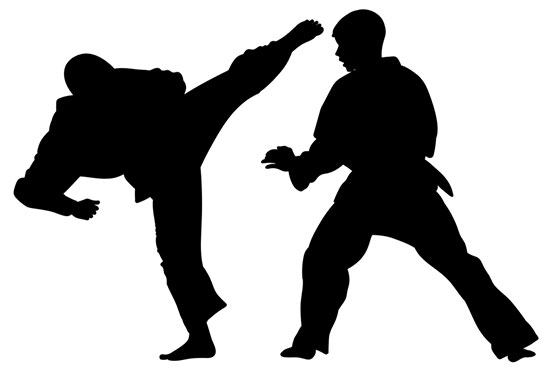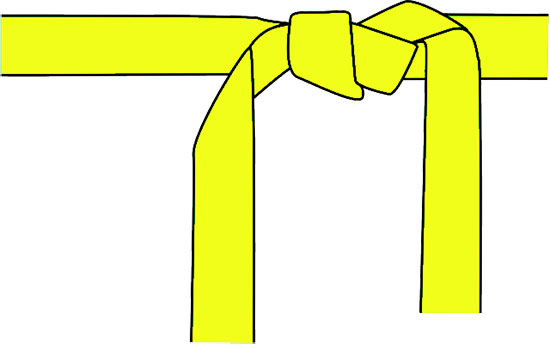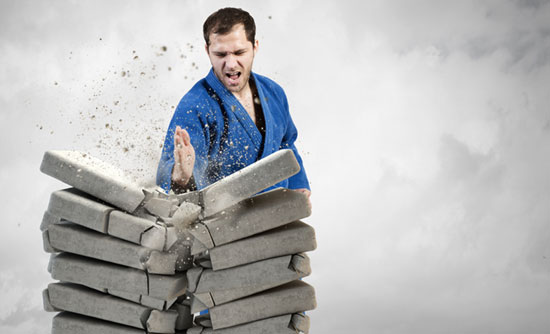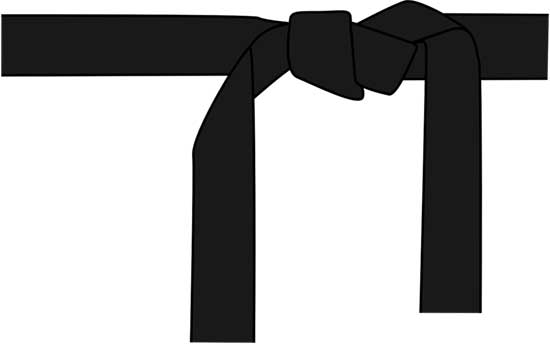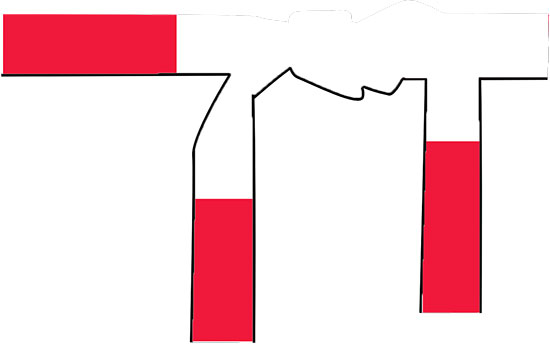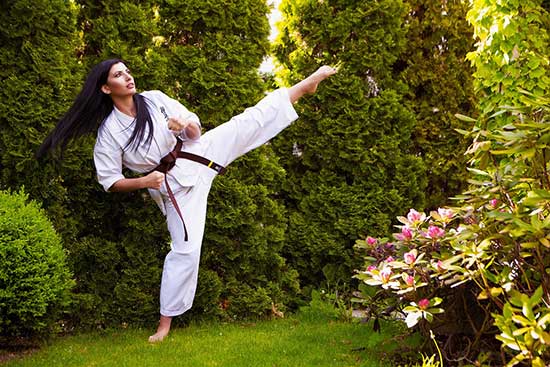Karate has grown popular in different areas, emphasizing an individual’s mental and physical discipline.
For this reason, it is taught in many schools, and karate masters continue to influence the growth of the art.
The memorized movements, referred to as katas, are led in the training and memorized to use against opponents.
Uechi Ryu and Kyokushin are fighting styles in Karate which are the aggressive forms of Karate that utilize Kata that is well applicable in real life, especially in defending oneself.
However, they are founded on different rules and techniques and work toward giving intense skills to build your articulation in Karate.
It has greater influence, especially in close-range techniques, which are excellent features for aggressive styles which can house deep techniques that rely on power. Strength and endurance are most tested in these styles, especially by Kyokushin.
Contents
Differences between Uechi Ryu vs Kyokushin karate
As stated before, the styles were founded by different masters and thus had different ways of delivering their techniques and movements.
Uechi Ryu was founded in the early 1900s by Kanbun Uechi, whose fighting style was highly influenced by ancient Chinese fighting styles and systems.
Thus, circular movement techniques focus on blocking and low kicks. These are more inclined to intense body hardening that gives ground to grappling.
It is one of the significant styles in Japan and is heavily associated with self-defense. The styles learned are also used in Karate tournaments, which especially train the body to harden and elevate the mind.
Incorporating soft and hard skills in training helps practitioners have the discipline necessary for harmonizing their minds and bodies.
Hence its main dominance in close combat focuses on body strength, endurance, and great flexibility.
The katas learned, as well as stances and kicks, are essentially trained to protect each one from close enemy encounters.
Kyokushin is also an aggressive Karate style whose main focus is aggressive punching. High kicks and contact sparring.
The description shows that this Karate style is more intense than Uechi Ryu. Kyokushin also incorporates knee strikes against an opponent, which can be delivered to the head and body.
Therefore, it requires good balance, which is instilled in early training. Founded by Masutatsu Oyama, Kyokushin is commonly referred to as one of the toughest Karate styles and the greatest in martial arts, which also helps one’s mental growth.
Heavy training, including workouts, is vital to develop the strength required for the sport. This is the most important part of creating a better fit for the sport and hardening the body to face the opponents.
Judging by the techniques and movements applied in Kyokushin, these techniques can be effectively applied in real-life situations.
| Aspect | Uechi Ryu | Kyokushin |
|---|---|---|
| Founder | Kanbun Uechi | Masutatsu Oyama |
| Year founded | 1948 | 1964 |
| Country of origin | Okinawa, Japan | Japan |
| Philosophy | Combines elements of Chinese and Okinawan culture and martial arts | physical toughness and full-contact sparring |
| Techniques | Relies on strikes, kicks, and grappling | Favors powerful strikes and full-body contact sparring |
| Kata | Contains eight traditional kata forms | Contains 20 traditional kata forms |
| Belt system | Uses a colored belt system with eight ranks | Uses a colored belt system with ten ranks |
| Tournament rules | Typically has limited contact sparring and point-based competition | Emphasizes full-contact sparring with knockouts allowed |
| Training focus | breath control and body conditioning | physical strength and endurance training |
Similarities
The two karate styles are referred to as the most aggressive and thus share some similarities. They include the following:
- They both rely on the core principles of Karate. Therefore, even with the influences from other fighting systems, they have their core rooted in Karate. Each form is established from the original principles.
- They are regarded as the harder martial art styles because they focus on aggressive techniques. Both have an intense way of tackling opponents, making them efficient in self-defense. Individual styles, however, have their approaches to defending against attacks.
- Due to the nature of the style, both involve rigorous actions that are needed for training. Thus, as discussed, they include great endurance and body hardening to ensure you have incredible strength to handle and tackle your opponents at close ranges.
- Both are effective styles for real-life situations and fights. However, the principles of the art only require one to defend themselves rather than attack.
What to Choose?
Choosing between the two can be hard as they all have styles effective for use. Kyokushin seems a good option for a more balanced technique approach, especially as it involves high-level training and style incorporation.
These are crucial for self-defense and may come in handy in real-life applications. Uechi Ryu is also an efficient style and proves even more reliable through techniques that involve harmonizing the body and mind.
Again, the practitioner also has a great impact on the art you are choosing. You have to be motivated and work towards having your goals well aligned for you to have better coordination in the sport.
Take away
Karate styles offer a variety of impactful forms that are effective in real-life use. Having the skills prepare and build you to better qualities and form.
Uechi Ryu and Kyokshuni are examples of how good training and resilience can impact positive growth in people.
The spread of Karate practice ensures better self-defense tactics and individual balance.
